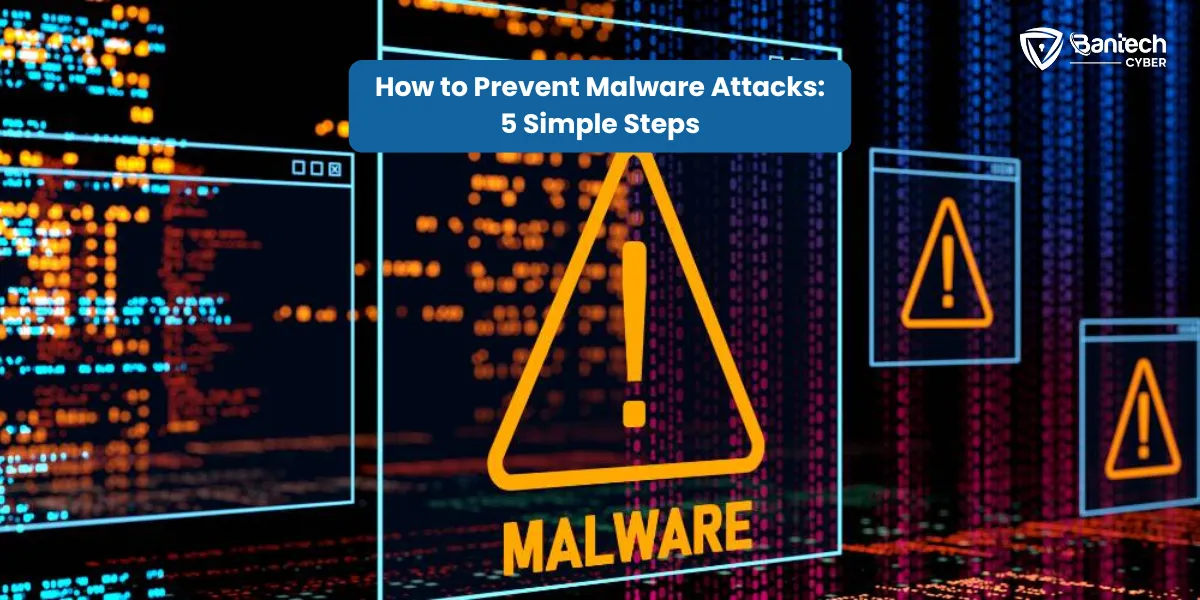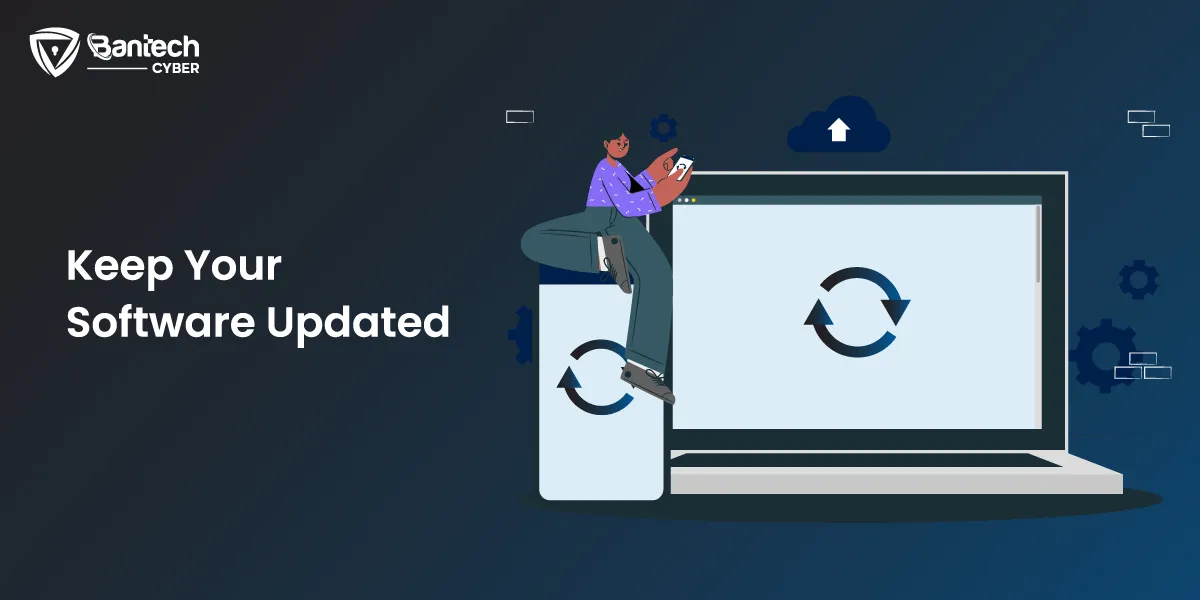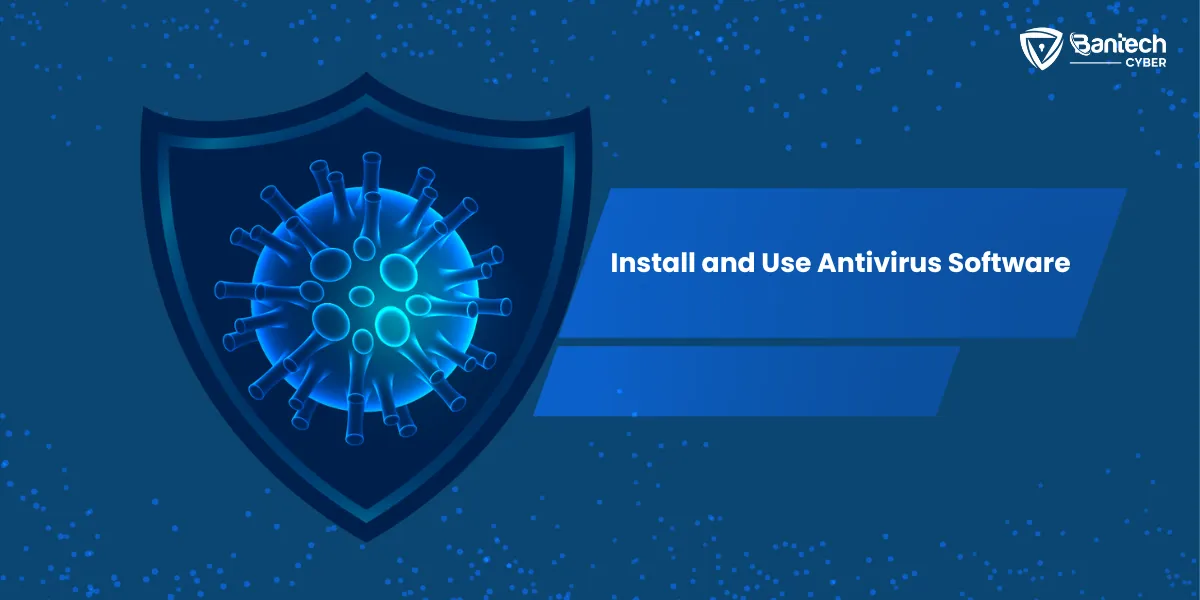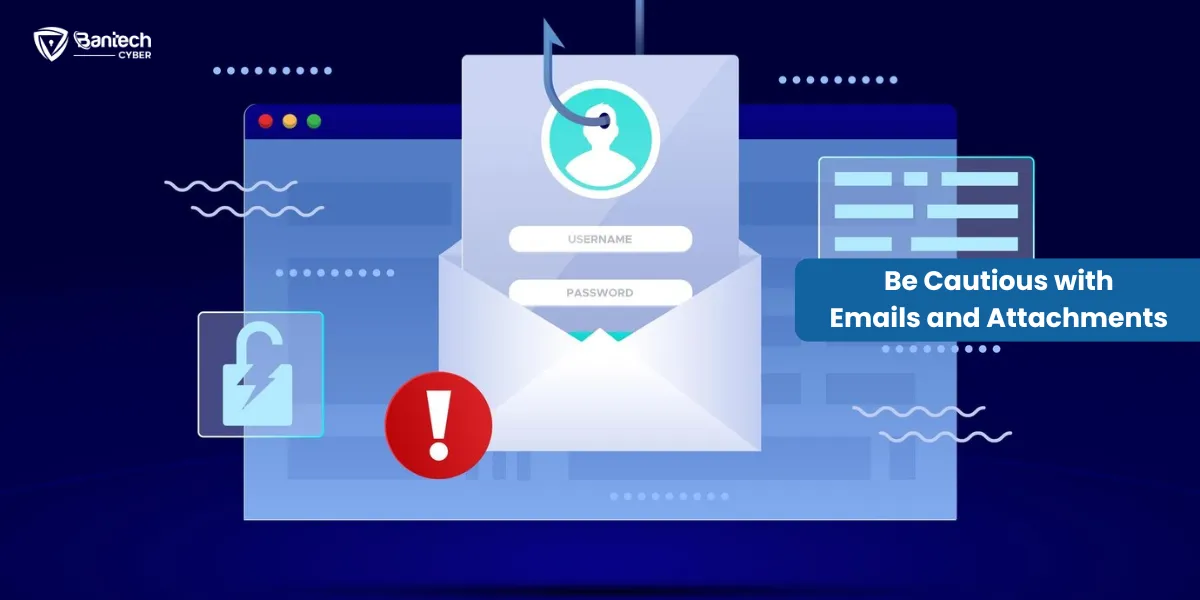Malware attacks are one of the most significant threats businesses face today. They can destroy data, disrupt operations, and even cripple entire organizations. Protecting your business from malware isn’t just about avoiding risk—it’s about creating a strong, proactive defense. But don’t worry! Preventing malware attacks is not as complicated as it might seem. In this guide, we’ll explain how to prevent malware attacks, offer tips on protection from malware, and show you how to secure your systems in simple, easy-to-understand steps.
What Is Malware?
Before we dive into how to prevent malware, let’s first understand what malware is. Malware, short for malicious software, refers to any program or file that is intentionally designed to cause harm to your computer system, steal sensitive data, or compromise your system’s integrity. There are various types of malware, including:
- Viruses: Malicious programs that attach themselves to legitimate software or files and spread to other systems.
- Spyware: Software that secretly monitors your activities and steals sensitive data.
- Ransomware: A type of malware that locks you out of your files or systems and demands payment to restore access.
- Trojans: Malicious software disguised as legitimate software, often used to give hackers remote access to a victim’s computer.
- Worms: Self-replicating malware that spreads without any human intervention.
No matter the type of malware, the damage they cause can be devastating. Whether it’s a data breach, financial loss, or a compromised network, the cost of an attack can be significant. That’s why it’s so important to take proactive steps to prevent malware attacks.
How to Prevent Malware Attacks: 5 Simple Steps

Let’s dive into how to prevent malware attacks. These five simple steps can make a world of difference in protecting your business and personal devices.
Keep Your Software Updated

Think of software updates as the lock on your door. If you don’t maintain it, someone can break in. Software updates often include important security patches that fix vulnerabilities in your operating system, applications, and antivirus programs. Malware creators are always looking for weak spots to exploit. By keeping your software up to date, you’re closing these gaps and making it harder for attackers to gain access.
- Update your operating system regularly, whether it’s Windows, macOS, or Linux.
- Update your applications—like web browsers, email clients, and productivity tools.
- Update your antivirus software—it should always be running the latest virus definitions.
It’s easy to ignore updates, but skipping them can leave your systems vulnerable to malware attacks. Set your devices to update automatically to ensure you don’t forget.
Install and Use Antivirus Software

Think of antivirus software as your first line of defense. It’s like a bodyguard for your computer that constantly checks for threats and blocks harmful files. Antivirus software scans your system for malicious files, stops them from entering your computer, and alerts you when it detects suspicious activity.
To prevent malware attacks, make sure you:
- Choose a reliable antivirus program with real-time protection.
- Schedule regular scans of your system, even if you’re not actively using it. A weekly or daily scan is recommended.
- Enable automatic updates for your antivirus software so it stays current with the latest threats.
Remember: no antivirus software is 100% foolproof. But when used in conjunction with other security measures, it’s a powerful tool in protecting against malware.
Be Cautious with Emails and Attachments

Email is one of the most common ways malware spreads. Cybercriminals often use phishing emails to trick users into downloading malicious attachments or clicking on harmful links. These emails often look legitimate, using fake company names or mimicking real communication styles. Here’s how to prevent a malware attack from email:
- Don’t open email attachments from unknown or suspicious senders.
- Don’t click on links in emails that you weren’t expecting, especially if they seem odd or ask for personal information.
- Look for signs of phishing: misspellings, incorrect grammar, or odd sender addresses.
If you receive an email that seems fishy, delete it. If it’s from a company you recognize, call them directly to verify whether they sent the message.
Use Strong Passwords and Enable Multi-Factor Authentication
Your password is the key to your digital world. A weak password is like leaving your front door wide open. To prevent malware attacks, use strong, unique passwords for every account. Here’s how:
- Avoid using obvious passwords like “password123” or your pet’s name. Create long, complex passwords using a combination of uppercase letters, lowercase letters, numbers, and special characters.
- Use a password manager to store your passwords securely. This way, you don’t have to remember all of them.
- Enable multi-factor authentication (MFA) whenever possible. MFA adds an extra layer of security by requiring you to verify your identity through something like a code sent to your phone or a biometric scan.
MFA makes it much harder for attackers to break into your accounts, even if they manage to guess your password.
Backup Your Data Regularly
What if you do everything right and still get attacked? This is where data backups come in. Regular backups ensure that even if you lose data to malware or a ransomware attack, you can restore it quickly without a huge impact on your business.
- Backup important files regularly—preferably every day or week, depending on how critical the data is.
- Use external drives or cloud storage to store backups securely.
- Make sure your backups are not connected to your main network to prevent malware from spreading.
In the event of a malware attack, having a reliable backup allows you to quickly recover and get back to business.
Additional Tips for Protection from Malware
In addition to the steps above, there are other security measures you can take to strengthen your defenses against malware.
Use a Firewall
A firewall acts like a shield between your system and external threats. It monitors incoming and outgoing network traffic and can block malicious activity from entering your system. Make sure your firewall is turned on and properly configured to protect your network.
Limit User Permissions
If you run a business, consider limiting access to sensitive systems and data. Not everyone needs admin rights to perform their jobs. By restricting access, you minimize the risk of malware spreading across your network.
Train Your Employees
Employees can be your biggest asset—or your biggest liability—when it comes to cybersecurity. Training your team on how to recognize phishing attacks, safe internet habits, and how to handle sensitive data is crucial in preventing malware attacks. Regularly hold cybersecurity training sessions to keep everyone updated on the latest threats.
Why Cybersecurity is Critical for Your Business
Malware attacks don’t just affect your computer—they affect your business’s bottom line. A single breach can:
- Steal confidential data—like customer information or intellectual property.
- Cause financial loss due to system downtime or data loss.
- Damage your reputation, leading to lost customers and business.
- Harm your network infrastructure, making it harder to operate.
At Bantech Cyber, we specialize in providing Managed IT and Cybersecurity Services that help protect your business from threats like malware. We work with businesses to ensure their systems are secure, compliant with regulations, and fully protected from potential attacks. Whether you need help with malware protection, data encryption, or incident response, we’re here to help.
Conclusion
Preventing malware attacks doesn’t have to be complicated. By following these simple steps, you can significantly reduce the risk of a malware infection and keep your business secure. At Bantech Cyber, we’re committed to providing your organization with the tools and expertise it needs to stay safe in the ever-evolving digital world.
Contact us today to learn more about how we can help you protect your business from malware and other cybersecurity threats. With the right tools, knowledge, and support, your business can stay safe and secure—no matter what the digital world throws your way.
